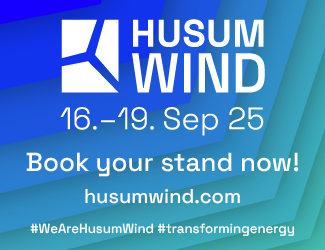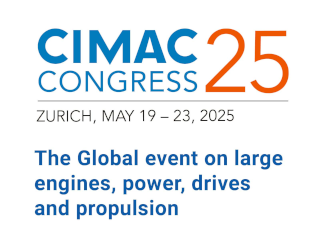The dry cargo spot market saw significant upward momentum for capesize vessels and also to a lesser extent for handysize[ds_preview] carriers.
At the time of writing, average time charter levels for 180,000 dwt capesizes have recovered to almost 18,000$/day on the back of sustained high iron ore activity out of Australia and strengthening tonnage demand also in the Atlantic. Brazilian miner Vale was reported to be more active again amid efforts to bring back capacity withdrawn after the dam burst at the Brucutu mine at the start of the year.
By contrast, rates for bulkers of the panamax segment were caught up in a downward spiral which brokers blamed on sluggish coal demand in Europe and falling demand for animal feed in China due to the spreading of African swine fever. Supramaxes also suffered falls, particularly in Asia where coal shipments ex Indonesia were affected by flooding. Missing soya volumes for China as result of swine fever are believed to have played a role, too.
The sector of handysize bulk carriers was lifted by increased demand and growing tonnage shortages in the US Gulf where rates increased by a few thousand dollars. Brokers reported plenty of activity and a variety of business including steels, wood pellets and alumina out of the region especially for larger 38,000 dwt units.
The shortsea minibulk trades in Europe continued their softening trend over the past weeks, with long spot tonnage lists and pressure on rates particularly in the ARAG region.
By the middle of June, the market showed signs of stabilising, though, as the European Short Sea Index of market research firm BMTI posted its first weekly gain of 0.8%.
The slight recovery was based on an uptick in westward (headhaul) business out of the Baltic region and with freights moving from 16€/t towards 17€/t, BMTI said. A sustained market revival might not be on the cards until late summer, though, it cautioned.















